News / School of Architecture, Tsinghua University X SANTAN intelligent lighting,Health Lighting Seminar

On April 18, 2025, the School of Architecture at Tsinghua University and SANTAN Lighting jointly held an in-depth seminar on the theme of "Healthy Lighting" at Tsinghua University in Beijing. This seminar focuses on the integration of cutting-edge lighting technology and human factors research, and extensively exchanges topics such as rhythmic lighting, the emotional value of light, and visual health protection.
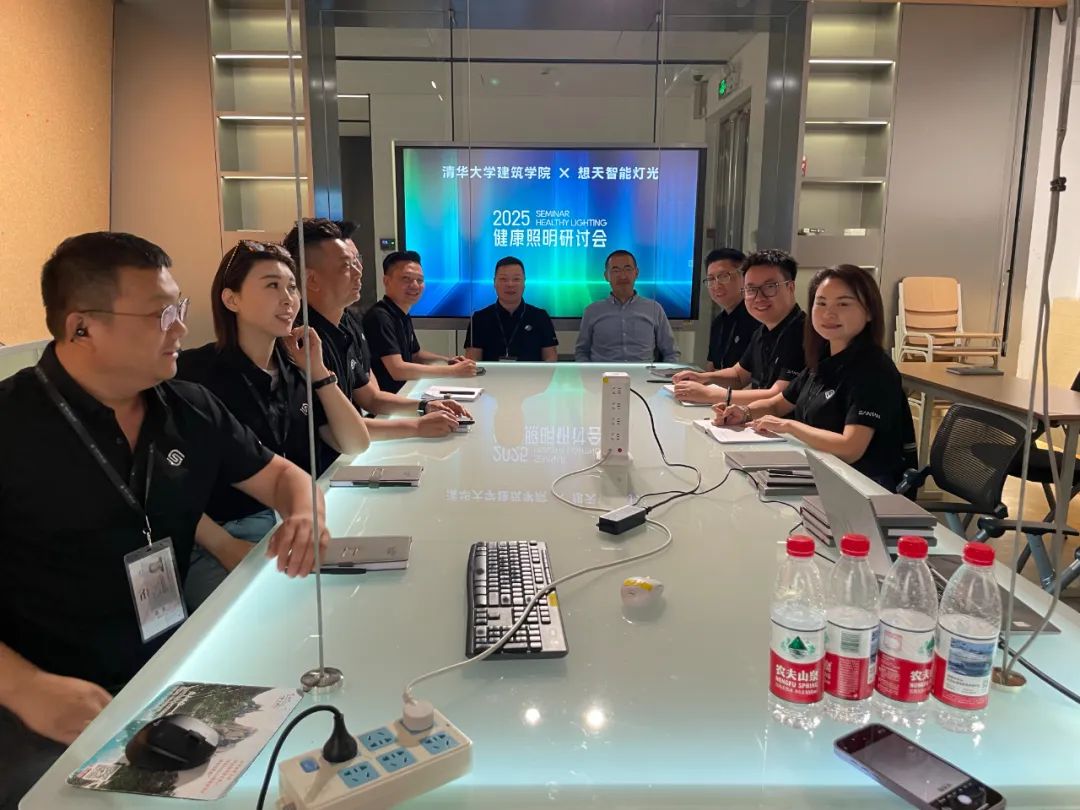
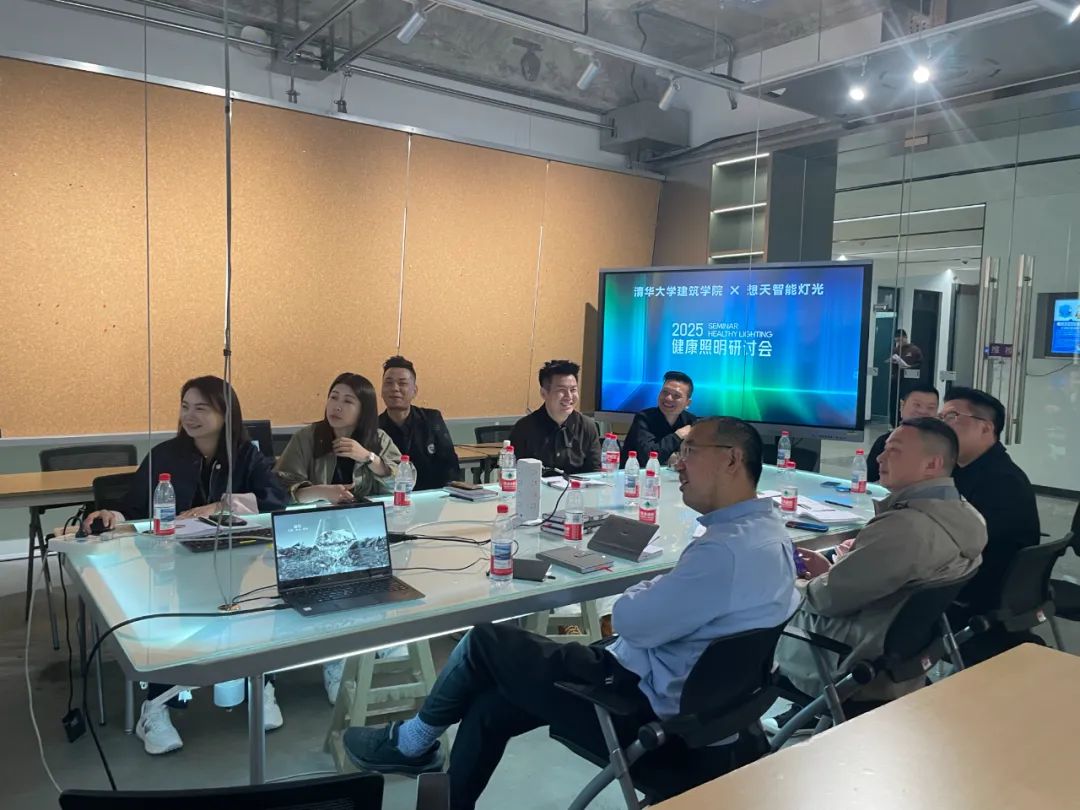
Health lighting/human factors lighting
Exploring the deep value of light on physical and mental Health
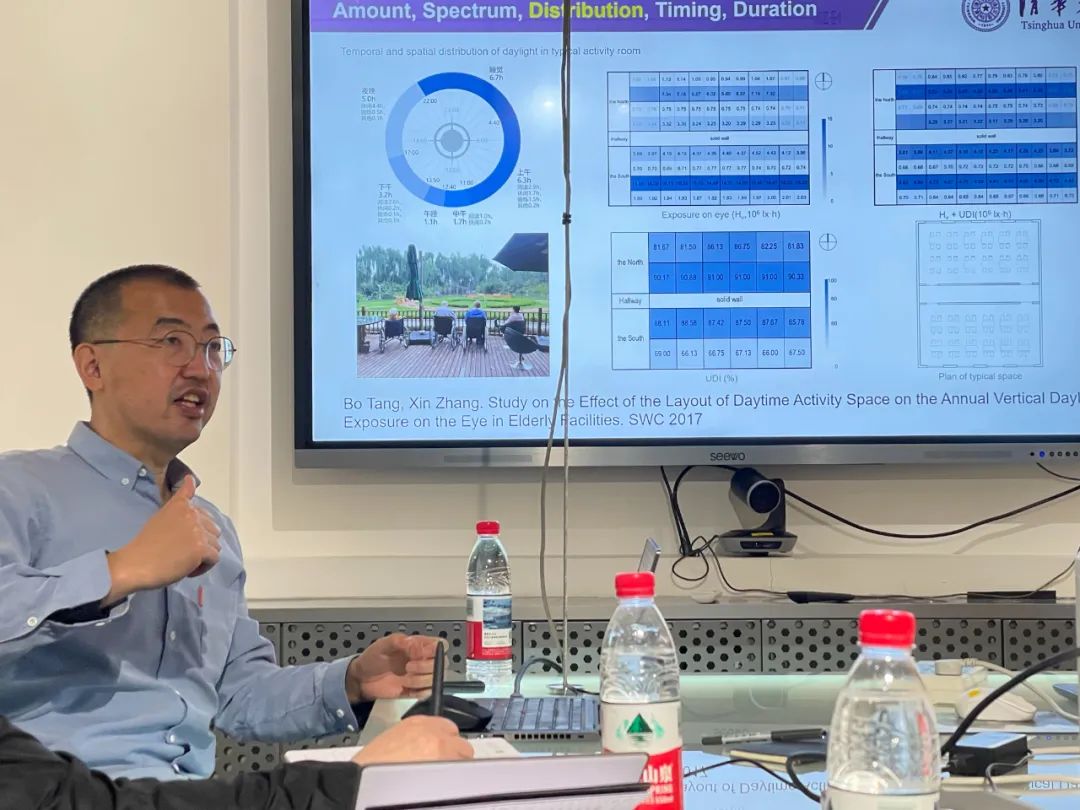
▲Professor Zhang Xin from the School of Architecture, Tsinghua University


Against the backdrop of continuous upgrading of traditional lighting technology, "healthy lighting" is gradually breaking through the category of functional lighting and becoming an important dimension for improving quality of life and mental health. Light not only affects people's visual experience, but also their emotional and psychological well-being. To create a comfortable lighting environment closer to natural light, artificial light sources should better serve human health rhythms, especially in modern urban buildings, indoor spaces, and mobile scenes.

The emotional value of light makes the environment more 'healing'! SANTAN's rhythm lighting intelligent control system can accurately simulate the changes of day and night light, help users stabilize their biological clock, improve sleep quality, and effectively reduce the risk of anxiety and depression. At the same time, SANTAN pays special attention to vision protection and puts forward more detailed requirements for a healthy lighting environment, committed to providing users with intelligent, humanized, safe, healthy, comfortable, and pleasant high-quality lighting environment services.
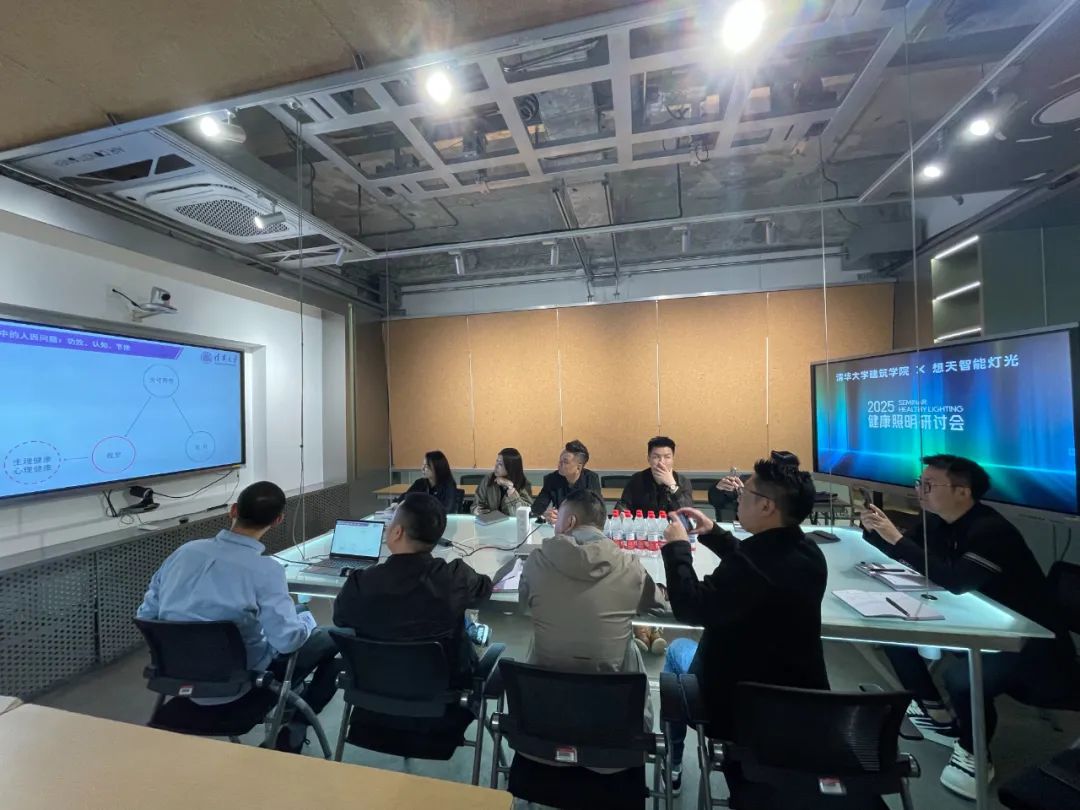
The meeting particularly emphasized the topic of "the emotional value of light" and discussed human factors issues in architectural optics: efficacy, cognition, and rhythm. The research shows that appropriate light intensity and color temperature can not only enhance the sense of temperature and security of the space, but also regulate people's mood and behavioral response in a subtle way.
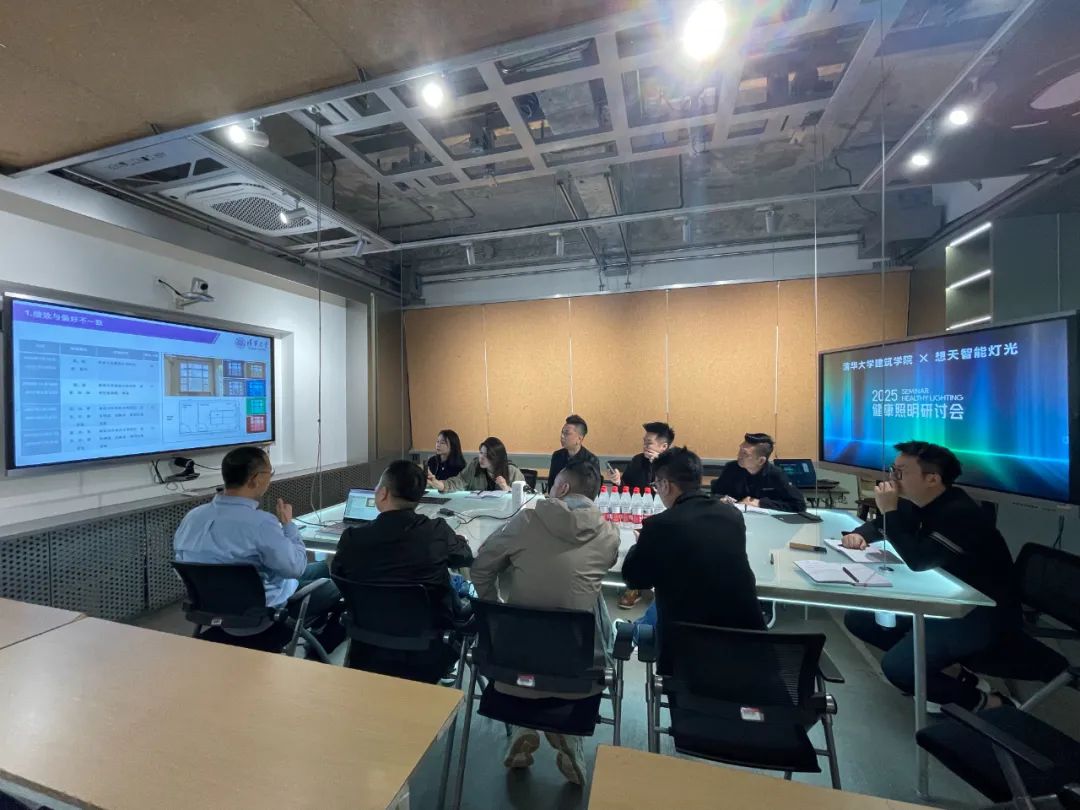

At the seminar, a case study titled "Research on the Physiological and Psychological Effects of Dynamic Rhythmic Light in Cars on Drivers and Passengers" was specially shared. The study constructs a rhythm adjustable lighting system in real vehicles and combines physiological data (such as heart rate, skin electrical activity, EEG) with psychological state assessment to deeply analyze the impact of different lighting environments on driving fatigue, passenger anxiety, and spatial comfort, providing important references for in car lighting design in the era of smart travel.
Visited the Human Factors Laboratory of the School of Architecture
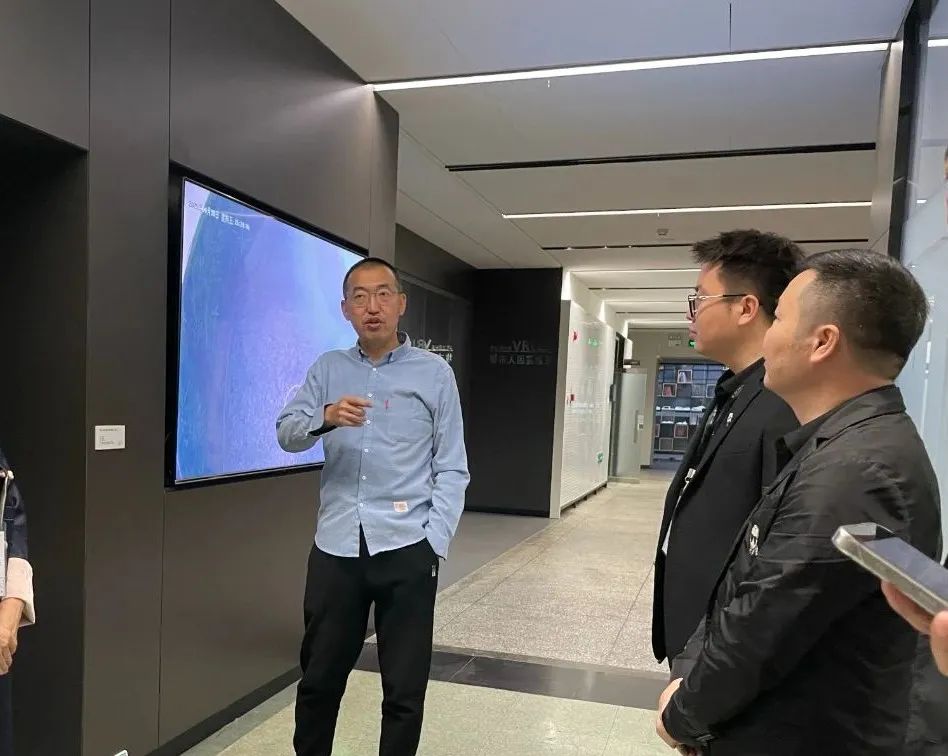

Walking into the "relationship scene" between light and people on site, visiting the Urban Human Factors Laboratory of the School of Architecture at Tsinghua University. The laboratory showcased multiple sets of real panoramic simulation systems and experimental scenes centered on "people", which were not only scientific and accurate, but also highly inspiring. It breaks the boundaries of traditional lighting research and provides solid support for healthy lighting.
Mr. Shi, General Manager of SANTAN Lighting in Beijing, shared the development of new products
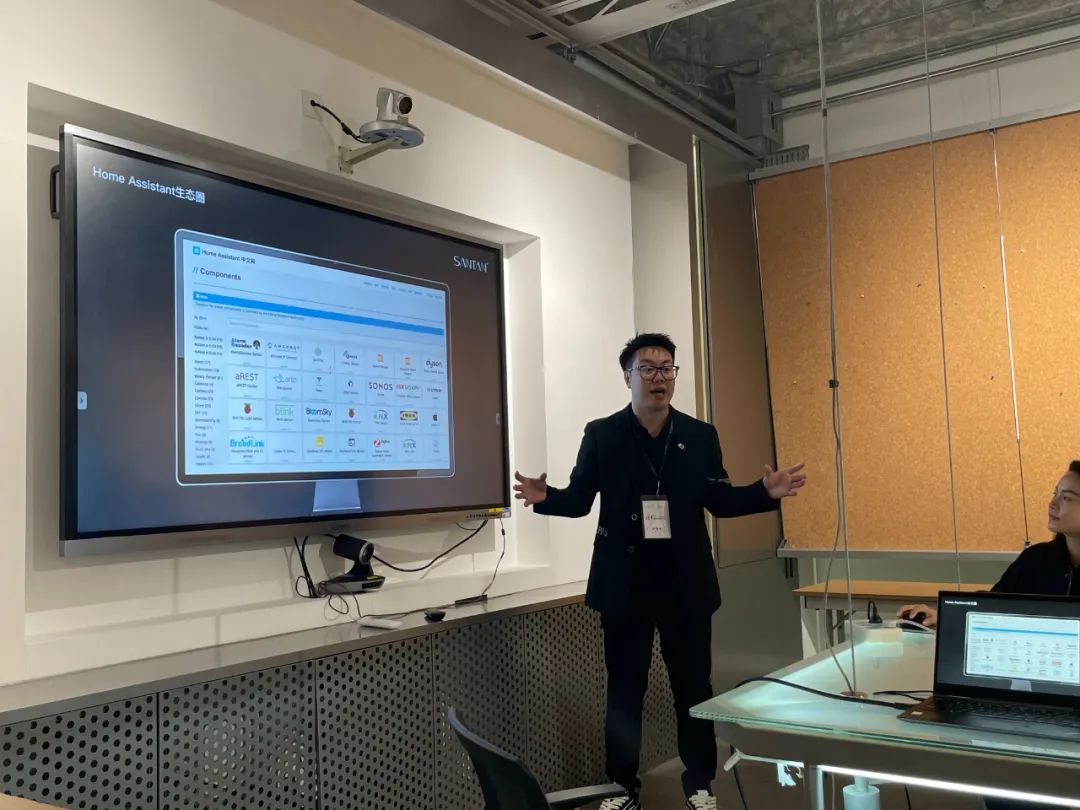
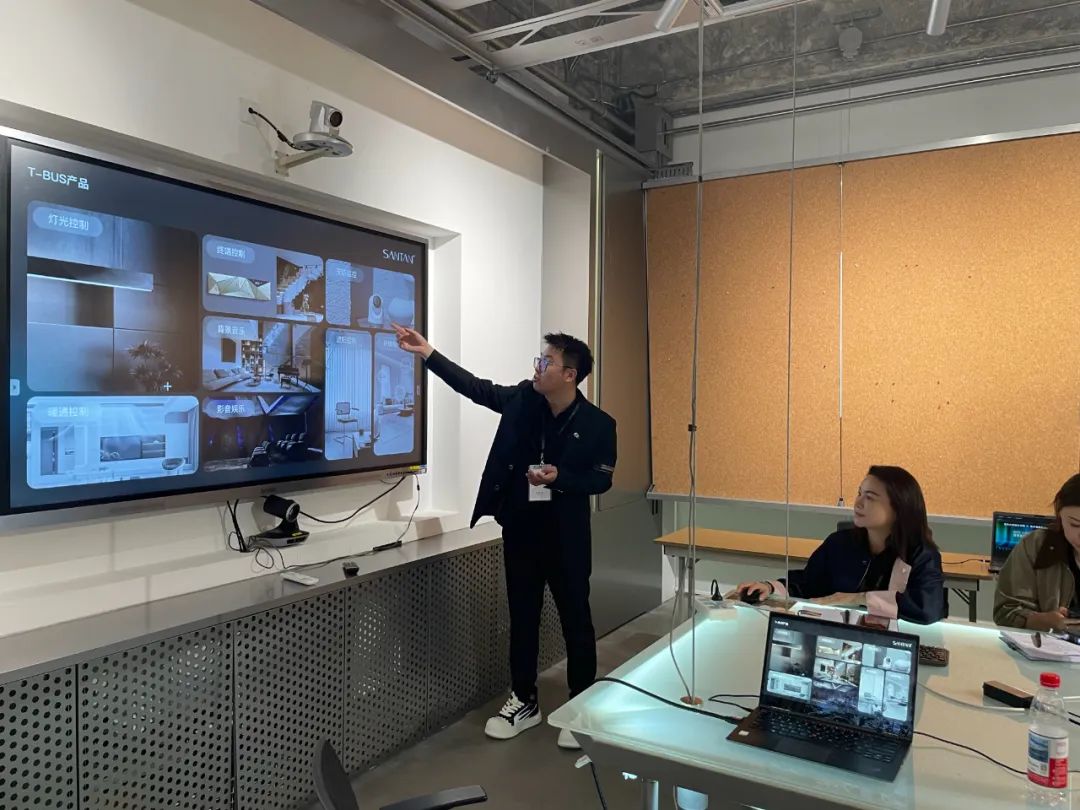
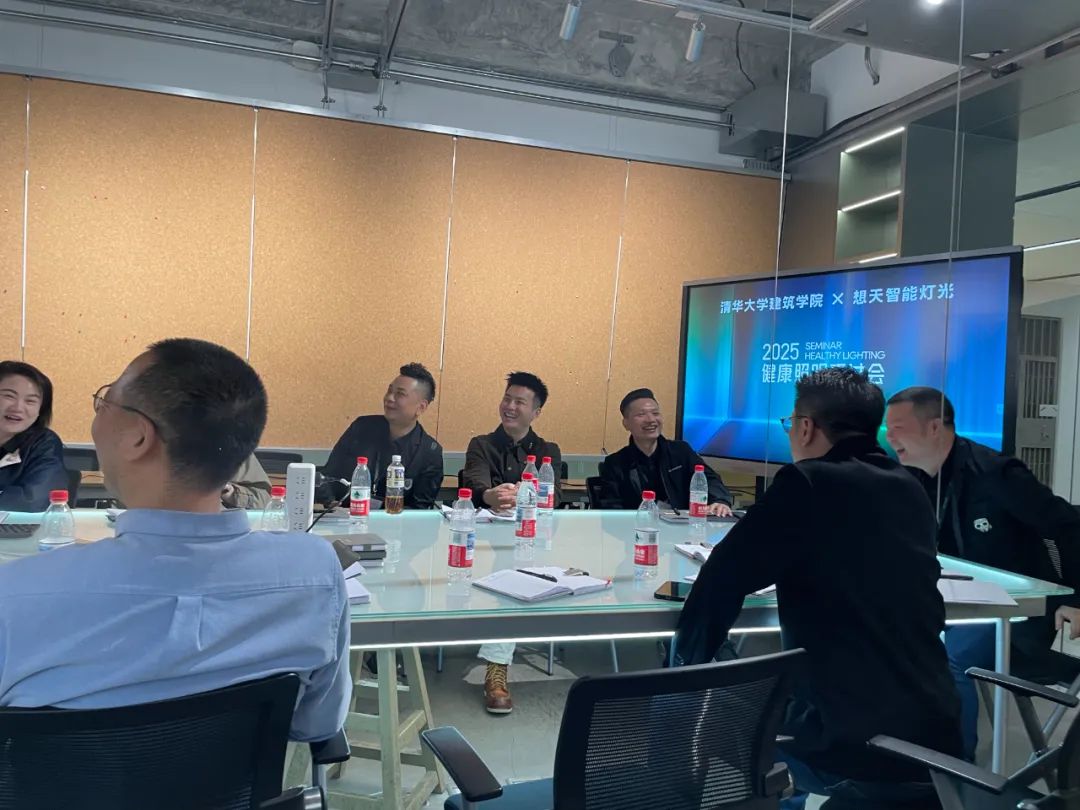
He brought SANTAN's new product presentation to everyone. Unique design concepts and application scenarios covering the "Space Time Series", JG-Q Upgraded Edition, NX Magnetic Track System, Prism Series, and Glass Series. At the same time, the intelligent control system and comprehensive product matrix of SANTAN were introduced, and exciting content related to the intelligent ecological construction of SANTAN's Internet of Things was shared!

This seminar showcased the profound accumulation of the School of Architecture at Tsinghua University in the fields of health lighting and human factors lighting research. Both parties will continue to deepen cooperation and strive to promote people-oriented intelligent health lighting solutions into more spatial scenarios; In the future, we will continue to explore more healthy lighting and firmly practice the concept of "people-oriented" healthy lighting.
